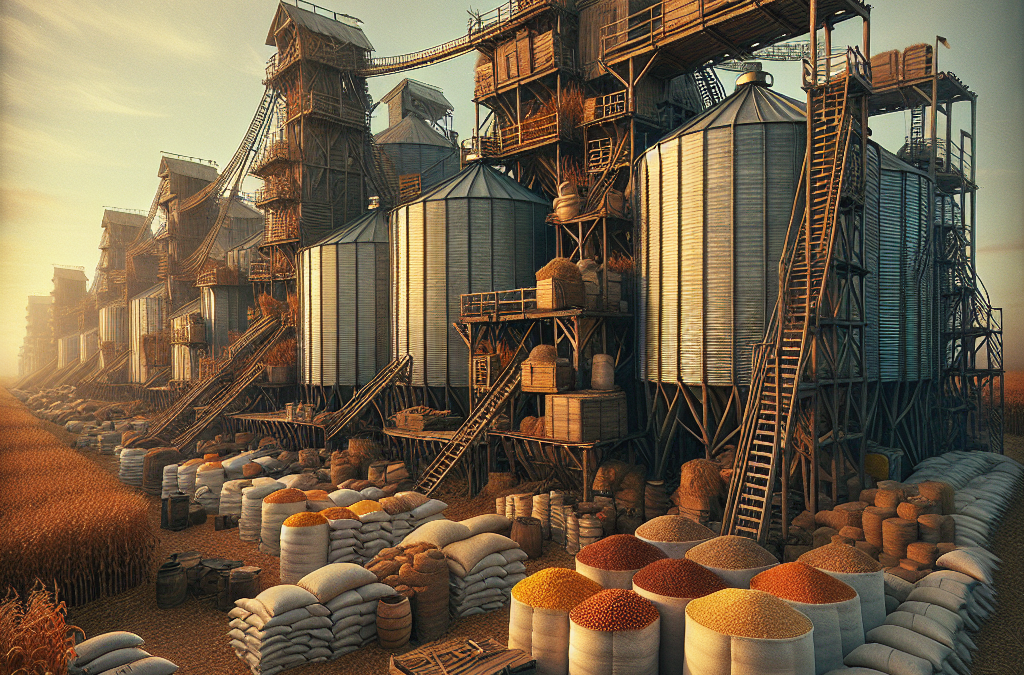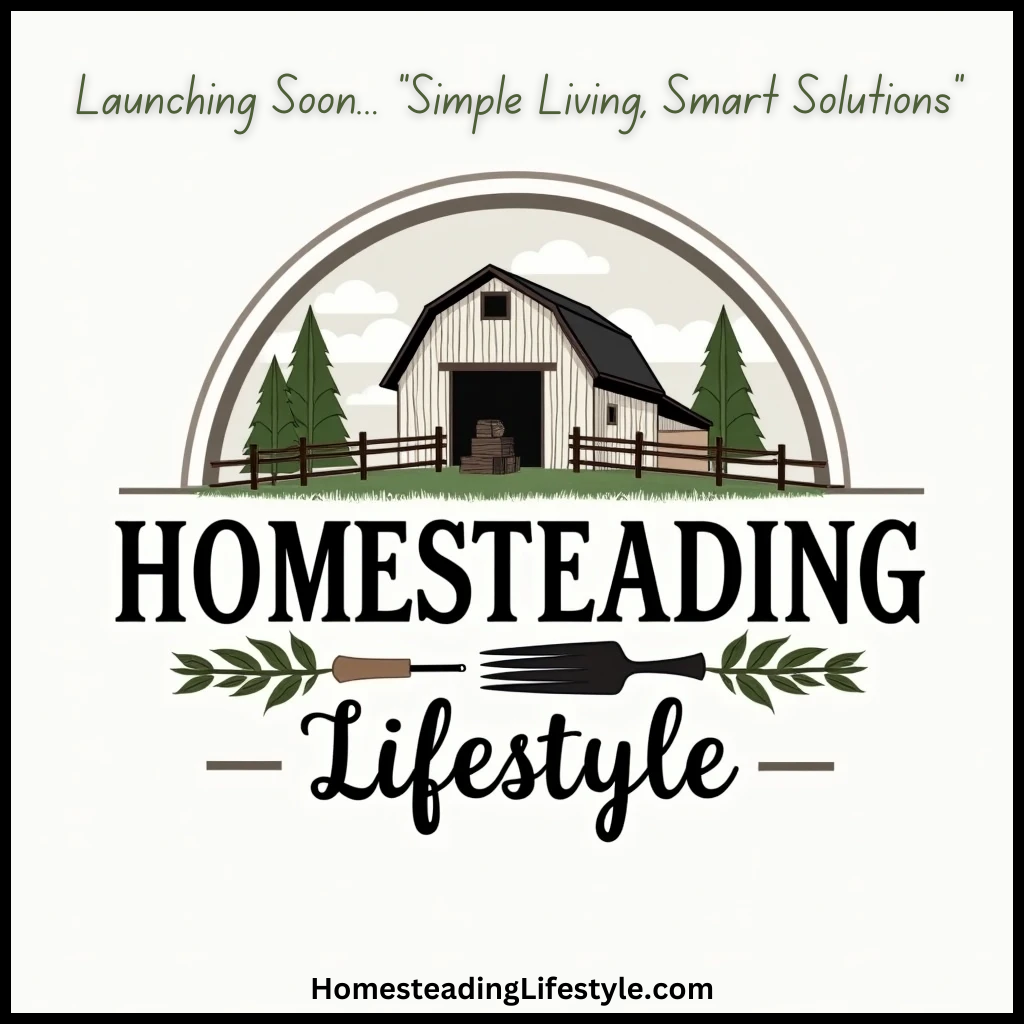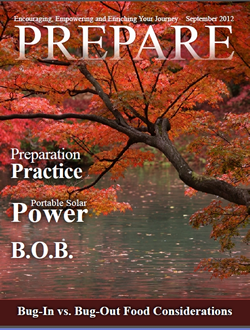1. Understand Your Storage Needs
Evaluate Your Harvest Volume
When I first started out, I didn’t really grasp how crucial it was to evaluate the volume of my harvest. It sounds simple, but trust me, having a clear idea of what you’re dealing with can make all the difference. Take into account the types of crops you’re storing, because different crops have their own storage requirements.
I usually recommend keeping track of your harvest yield for a season or two before setting out to buy storage solutions. This gives you a good baseline and helps you avoid being underprepared when the bounty comes in. Remember, it’s not just about quantity; it’s also about variety.
Finally, gather any data you can from previous seasons. Compare your harvest sizes and see which crops do better in particular years. This will guide your decisions and, can help you make smarter storage investments.
Assess Environmental Conditions
Next up, let’s chat about the environment. The conditions where you store your harvest are unbelievably important. Think about factors like humidity, temperature, and ventilation. I made the rookie mistake of storing my harvest in a damp basement, and boy, did that come back to bite me!
If I could do it all over again, I’d invest in a hygrometer and thermometer to keep an eye on those conditions. Keeping your produce at the right temperature and humidity can significantly extend its shelf life and keep it fresh.
Don’t forget, proper airflow is essential too! Storing in a cramped space can lead to spoilage and mold. Use racks and keep your harvest spread out to encourage good air circulation.
Plan for Accessibility
Accessibility is something I couldn’t appreciate until I was digging through a chaotic pile of produce. When you’re planning your storage solution, think about how often you will need to access different items. For example, if you find yourself reaching for the same crop repeatedly, it makes sense to store it at eye level.
I learned the hard way that organization saves time and effort. I start by labeling everything and arranging items in a way that makes sense. This not only helps me find what I need but also keeps spoilage to a minimum since I can quickly grab what I want without fumbling through stacks.
And please, consider using transparent containers or bins. It’s a small detail, but being able to see what’s inside makes a huge difference, especially when you’re in the thick of autumn harvest season!
2. Select the Right Storage Solutions
Choose the Appropriate Containers
Picking the correct type of container can elevate your storage game immensely. After some trial and error, I found that certain materials work better for specific types of produce. For example, breathable containers for fruits that emit ethylene gas, like apples, make a world of difference.
Plastic bins, glass jars, and wooden crates all have their own pros and cons. I lean towards using glass for items like herbs; it looks great and preserves them better. However, I use sturdy baskets for root vegetables since they provide good airflow.
Also, keep in mind that size matters here. Avoid cramming too much into one container. It may be tempting to save space, but overpacking can lead to bruising and spoilage. Always leave a little room for things to breathe!
Invest in Temperature Control Options
If you really want to step up your storage game, consider temperature control solutions. When I started using simple coolers, it was like night and day! Different crops have ideal storage temperatures. For instance, potatoes love a cooler environment but not too cold—around 45°F is perfect.
A fridge can work wonders, but remember that not all produce likes it cold. Putting bananas in there will turn them mushy faster than you can say “fruit salad.” Utilizing climate-controlled storage, if you can swing it, pays off in the long run.
Also, think about using insulation methods. Storing things in the dark, temperature-regulated areas prevents moisture loss and helps keep quality up. It’s all about creating that perfect little micro-climate for your goodies.
Utilize Shelving Systems
Using shelving might sound basic, but you’d be surprised at how effective it can be. When I first set up racks, I couldn’t believe how much easier handling my harvest became. They save space and allow for better organization of different types of crops.
Optimize vertical space too! Use wall-mounted shelves or taller units to help keep everything organized and make use of otherwise wasted space. Just make sure they’re sturdy enough to handle the weight.
Finally, consider adjustable shelves. This way, you can reconfigure your storage as needed throughout the seasons. Flexibility is key in adapting to variations in your harvest!
3. Implement Smart Preservation Techniques
Drying and Dehydrating
Dried fruits and herbs are a personal favorite of mine! If you’ve got an abundant harvest of herbs or fruits, drying and dehydrating can extend their shelf life and even enhance flavors. After wasting a few bunches of basil, I learned fast how valuable this technique is.
All you need is a dehydrator, or you can use an oven on low heat. Just slice your produce evenly and watch them turn into snacks that last longer than anything fresh.
Another method I’ve had success with is air-drying, especially for herbs. Hanging them upside down in a cool, dark space works wonders. It’s a bit of a slow process, but oh, the flavor packed in those dried herbs is worth it!
Canning and Jarring
Canning gets a bit of a bad rap, but honestly, it’s a game changer! When I first started canning my tomatoes, I found it super satisfying. Plus, come winter, I had jars filled with sunshine that made my meals so much better.
The beauty of canning is that you can preserve the taste of summer through the cooler months. With a little research, you’ll learn the different methods for acidic versus non-acidic foods, which is key to ensuring everything is safe!
Always remember, cleanliness is next to godliness in canning. Keeping everything sterile before you jar your goodies prevents messes later. And it’s a fun way to involve kids or friends in the process too!
Freezing Methods
Freezing is one of the easiest preservation methods I’ve come across. The first time I froze batches of berries from my garden, I felt like a total superhero. It’s so straightforward—just wash, prep, and toss them in the freezer!
When freezing, use freezer-safe bags and squeeze all the air out. This prevents freezer burn, which can ruin the taste and texture of your harvest. Portioning out what you freeze can save you time later when you’re whipping up smoothies or pies.
Also, blanching veggies before freezing is a must to preserve quality. It sounds technical, but it’s super quick—just drop them in boiling water for a few minutes before shocking them in ice water. Trust me, it makes a huge difference!
4. Regular Maintenance and Monitoring
Check for Spoilage
One of the most important tasks is staying on top of spoilage. I can’t tell you how many times I’ve let things go unchecked only to find mold or mush. Set yourself regular “check-up” dates, especially during peak harvest times.
When performing these checks, establish a routine where you examine each container and batch of produce. It’s crucial to focus on crops that spoil faster; the last thing you need is one rotten apple ruining the vibe!
Consider keeping a log of what you’ve harvested and how often you’ve checked it too. It sounds extra, but it will make you proactive rather than reactive when it comes to spoilage.
Rotate Stock
This one’s simple yet powerful. The first-in, first-out rule applies here, folks. Always use up older stock before moving onto the newer stuff. I learned this the hard way when I discovered some forgotten potatoes in the back of the bin that were beyond saving!
By consistently checking your stock and reorganizing it as needed, you ensure that nothing goes to waste. Plus, it helps to keep everything organized so you know exactly what you have on hand at a glance.
I like to make it a habit of labeling containers with the date of storage, so I have a clear idea of what to use first. It sounds like common sense, but you’d be surprised at how freeing and rewarding it is!
Stay Informed and Adaptable
Finally, I can’t stress the importance of staying in the loop about best practices for storage. Just like everything else, methods evolve, and keeping up with the latest trends can give you an edge.
I regularly read articles, follow experts in the field, and join online communities to share tips with fellow gardeners and growers. The more we share, the better we all become!
Being adaptable is just as vital. If a particular method isn’t yielding the results you hoped for, don’t hesitate to try new tactics. Remember, it’s all a journey, so learn from every experience and tweak accordingly.
5. Create a Sustainable System
Invest in Quality Storage Solutions
When I think about sustainable storage solutions, it brings to mind the importance of investing in quality. I’ve learned that going cheap can often lead to costly mistakes down the road. Think long-term when selecting bins, shelving, or temperature control systems!
Quality materials will not only safeguard your harvest but can also save you money in the long run. For instance, insulated containers can help regulate temperature better than regular ones, keeping your produce fresh much longer.
Look for platforms that offer durability and sustainability. There are amazing eco-friendly options out there that can do the job without harming the planet.
Implement a Composting System
As you start gleaning and processing your harvest, don’t overlook the waste! I’ve embraced composting as a way to minimize waste while providing nutrient-rich organic matter for my garden.
Setting up a simple composting system isn’t complicated either. Just designate a spot in your yard or use a bin. Throw in any organic waste and mix it up. Over time, it becomes a goldmine for your plants!
Plus, it’s incredibly fulfilling to watch waste transform into something beneficial for your garden. You’re not just saving resources; you’re also contributing to a sustainable cycle!
Educate Yourself about Local Resources
Before we wrap things up, let’s talk local resources. It’s essential to know what your community offers; sometimes, there are programs or co-ops that can support your storage efforts.
I encourage you to get involved. Attend workshops, take courses, or join local gardening clubs. Networking with other growers can provide insights and recommendations on storage systems that may work for you but that you hadn’t even considered.
Learning together can build a stronger community, and who doesn’t enjoy a little camaraderie and collection of knowledge? Plus, you might get some extra hands when harvest time rolls around!
FAQ
1. What are the most common mistakes in harvest storage?
Not checking regularly for spoilage and cramming too much into one container are among the most common mistakes people make when storing their harvest.
2. How can I tell if my produce is going bad?
Look for signs like softness, unusual odors, or visible mold. A regular check-up can help catch these signs early.
3. What’s the best way to dry herbs from my garden?
Hang them upside down in a cool, dark place, or use a dehydrator. Both methods work well and keep the flavor intact.
4. Should I really invest in temperature control solutions?
Absolutely! It can significantly extend the shelf life of your produce, making it well worth the investment for anyone serious about storage.
5. What is the best way to compost waste from my garden?
Set up a designated spot for organic waste, such as vegetable scraps or dried leaves. Mix occasionally, and allow it to sit for a few months to create nutrient-rich compost for your plants.





